
Welcome to the Squibler Learning Center
A trusted place to learn how to successfully publish your work
Book Fonts: How to Choose the Perfect One for Your Story

Discover the best fonts for books and learn how to choose the perfect typeface for your story. Explore top serif and sans-serif fonts, readability tips, and professional design advice to make your book look polished and reader-friendly. Read more →
Book Cover Art Examples to Get You Inspired [+Free Template]

Explore stunning book cover art examples to spark your creativity. Learn what makes a great cover, discover design tips, and download a free template to create your own professional book cover. Read more →
What is Save the Cat?
What is Save the Cat? Discover how Blake Snyder’s 15-beat story structure helps writers create compelling novels, screenplays, and short stories. Read more →
How to Find, Hire, and Work With an Editor

Wondering how to find an editor? This guide explains editing services, budgets, and steps to choose the right editor for your writing goals. Read more →
Types of Tone in Writing + Tone Examples
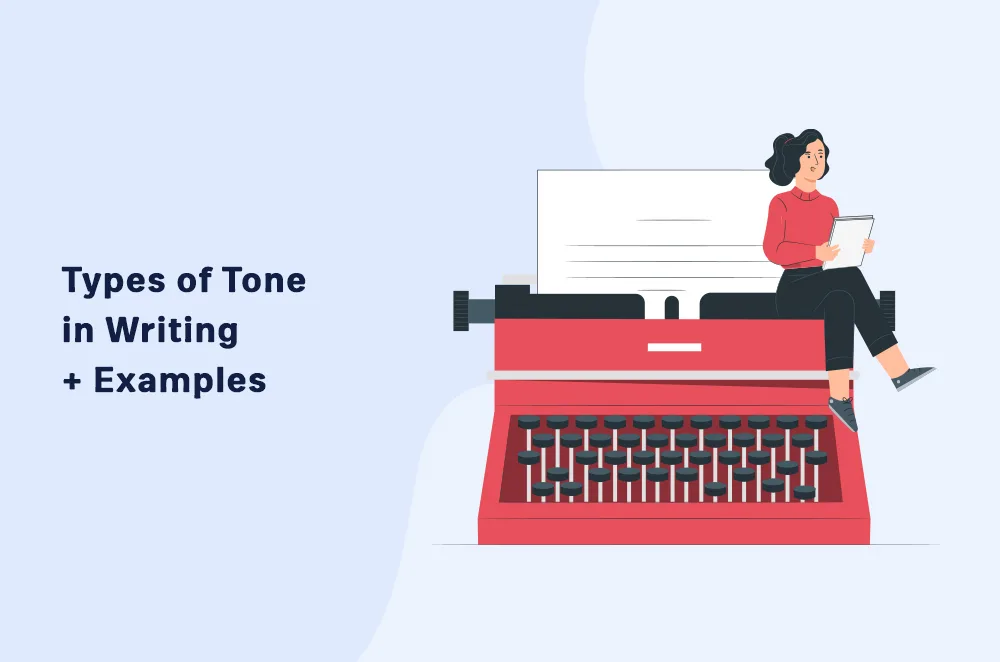
What is tone in writing? Explore tone examples and learn how to use tone effectively in fiction, screenplays, and beyond. Read more →
How to Copyright a Book in 6 Steps

Learn the essentials of how to copyright a book, including the copyright process and debunking common copyright myths. Read more →
How Many Words in a Novel: Complete Guide
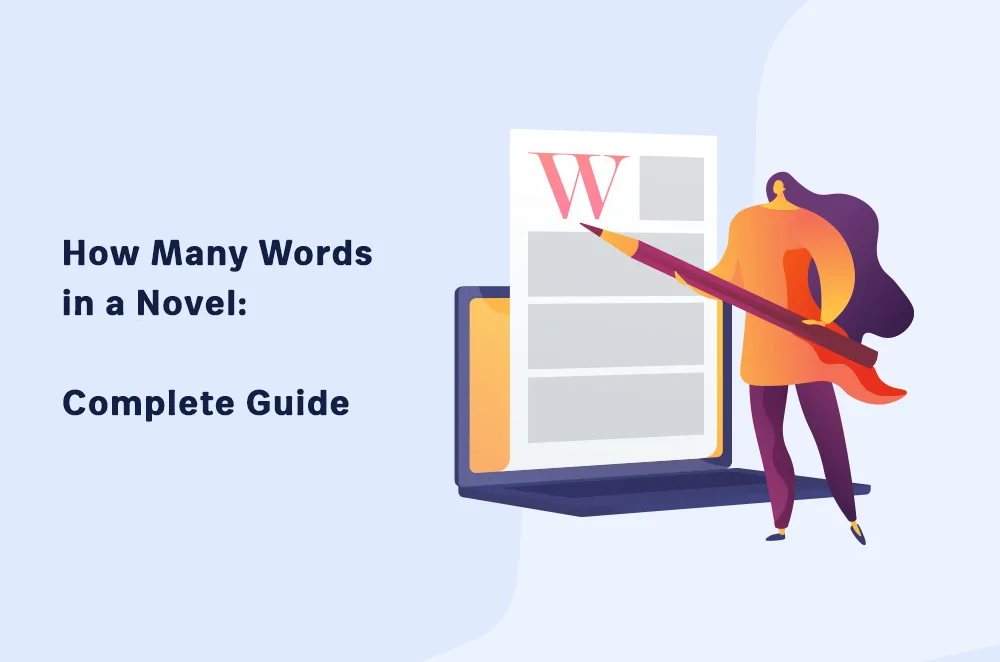
Learn how many words in a novel, including the ranges for different genres, novel types, and other essential factors. Read more →
The Different Types of Conflict in Literature

Learn about the two types of conflict that drive stories forward, deepen characters and keep your readers emotionally invested. Read more →
9 Best Book Formatting Software for Professional Formatting
Discover the top 10 book formatting software and pick the one that best fits your formatting and budget needs. Read more →
Character Development: A Complete Guide for Writers

Struggling to bring your characters to life? Learn how to create believable, compelling characters that truly resonate with readers. Read more →
Parts of a Book: Front, Body & Back Matter Explained
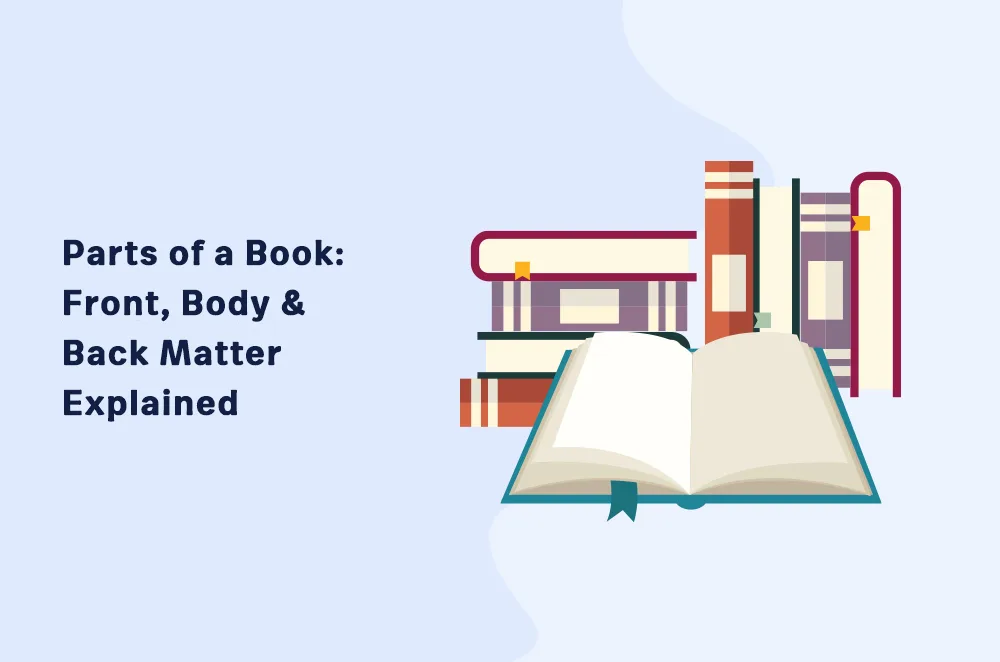
Explore the complete anatomy of a book and learn how each section—front matter, body, and back matter—works together. Read more →
Best AI Text Generators for Writing in 2025
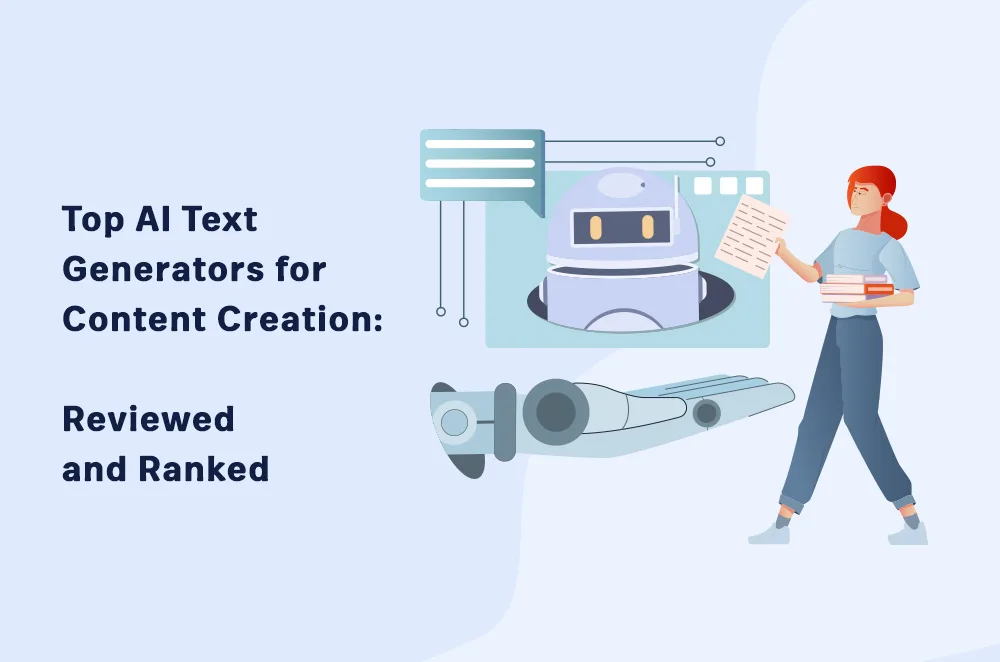
Discover the best AI text generators for your writing. Find the right AI writing tool to generate high-quality content efficiently. Read more →
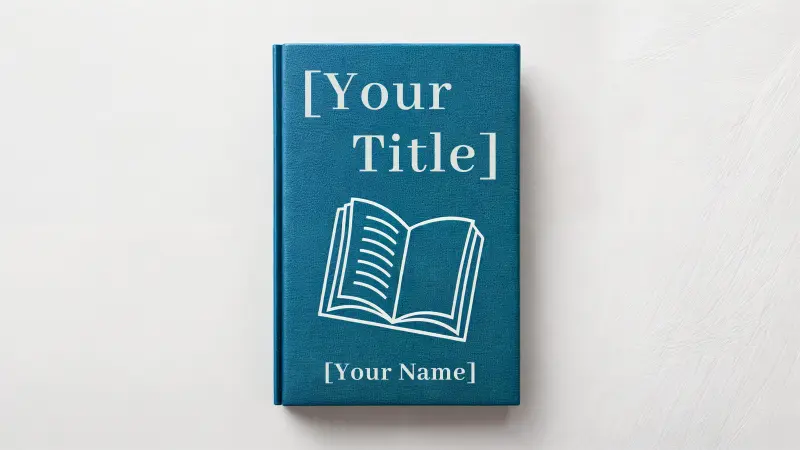
Full-Length, Professional Quality